On its anniversary, we explore the history and legacy of Universal’s most sympathetic monster, inspired by real-life horror, “The Wolf Man”.
With 1941’s The Wolf Man, Universal introduced yet another icon in their pantheon of classic horror monsters.
As Bela Lugosi did with Count Dracula, Lon Chaney, Jr.’s wolfman established an iconic and lasting image of the werewolf for many years to come. The look of the werewolf would be embedded in the public’s consciousness for many years to come, in Halloween costumes and toys, as well as the lore introduced in the film.
Lawrence Talbot (Lon Chaney, Jr.) returns to his ancestral home eighteen years after his brother’s death. He is reunited with his estranged father, John (Claude Rains). Talbot becomes infatuated with Gwen Conliffe (Evelyn Ankers), who works at her family’s antique shop. Although she’s engaged, Larry persuades Gwen to go out with him.
Larry goes with Gwen and a friend, Jenny (Fay Helm), to have their fortune told by Bela (Bela Lugosi) and Maleva (Maria Ouspenskaya).
That night, a wolf attacks Jenny, kills her, and bites Larry. Larry kills the wolf with a silver-handled wolf’s head cane bought from the Conliffe’s shop. After death, the wolf morphs into Bela, and Larry is suspected of murder. He soon learns that he has become a werewolf.
Originally titled Destiny, The Wolf Man wasn’t Universal’s first werewolf movie.
Den of Geek points out that Universal distributed an 18-minute 1913 film called The Werewolf, about a young woman who learns how to shape-shift into a wolf from her mother, a Navajo witch. Unfortunately, all prints of this film were destroyed in a 1924 fire.
Released in 1935, Universal’s Werewolf of London, starring Broadway actor Henry Hull, was a box office flop.
Fortunately for horror fans, Universal did not give up on making a werewolf movie. Six years later, the studio hired novelist and screenwriter Curt Siodmak to pen another attempt at bringing the monster to life. Released only five days after the attack on Pearl Harbor, some critics questioned the studio’s judgment.
Universal thought of rescheduling the film’s release, thinking that a werewolf movie wouldn’t be as frightening compared to what was happening in real life. In the end, they decided to release a preview of the movie on December 7th, with a nationwide opening on December 12th.
Their instincts were correct, as The Wolf Man earned $1 million at the box office.
According to Siodmak’s obituary in the Los Angeles Times, he was a prolific science fiction and horror writer, penning more than 70 screenplays from 1928 to 1979. His influential 1943 novel Donovan’s Brain inspired three movies, and Orson Welles produced a radio adaptation of it. Besides The Wolf Man, Siodmak was known for I Walked With a Zombie, The Beast With Five Fingers, Son of Dracula, and two sequels to The Invisible Man.
Siodmak also wrote Frankenstein Meets the Wolf Man, and another Wolf Man sequel, House of Frankenstein, was based on one of Siodmak’s stories.
The post office in his hometown of Three Rivers, California, honored Siodmak on Halloween 1997. The Wolf Man was one of the monsters featured in the U.S. Postal Services’ movie monster commemorative stamp series. That Halloween, the Three Rivers post office offered a special cancelation that read “The Wolf Man Station: Home of Curt Siodmak, Creator of the Wolf Man.”
Siodmak also was honored the following year at the 1998 Berlin Film Festival, over 50 years after his works were banned in Nazi Germany.
Siodmak fled Germany in 1933. The experience lingered with him, and the fear he felt as a Jewish person living in Nazi Germany fueled his writing. He said that The Wolf Man, as well as many of his other works, were inspired by the idea that we have no control over our destinies. Sometimes, fate puts us in a horrible situation that we must cope with.
This is present in Larry Talbot’s story as Talbot cannot help what has happened to him. It was a chance encounter with a werewolf that alters him forever.
The LA Times quotes Siodmak, from an interview with Writer’s Guild Magazine, saying, “I am the Wolf Man […] I was forced into a fate I didn’t want: to be a Jew in Germany. I would not have chosen that as my fate.”
Writer Elaine Woo writes, “He said many of his stories were based on the concept of harmatia, the Greek idea that humans have to endure the whims of the gods. The Wolf Man, he noted in the 1991 publication of the script for that movie, was the personification of hamartia, which he defined as ‘suffering without having been guilty.’”
Siodmak wrote the famous poem that is recited throughout the movie:
“Even a man who is pure at heart and says his prayers by night may become a wolf when the wolfsbane blooms and the autumn moon is bright.”
Part of what makes the Wolf Man unique among classic movie monsters is that he is the most sympathetic character.
Unlike Bela Lugosi’s Dracula and Boris Karloff’s Mummy, Talbot tries to find a cure and takes preventive measures as he begs his father to tie him up so he cannot get free and kill. Throughout the sequels, Talbot continues to seek a cure for his condition.
Bela Lugosi wanted to play Talbot; Lugosi instead was given the role of Bela, the werewolf who attacked Talbot.
Lon Chaney, Jr. had horror in his blood. His father, Lon Chaney, Sr., was known as the man of 1,000 faces, an actor known for his ability to transform himself with makeup.
Chaney Sr. starred in classic horror films such as The Hunchback of Notre Dame (1923), The Phantom of the Opera (1925), and London After Midnight (1927). Dark Corners Reviews points out that Lon Chaney, Jr. first used his birth name, Creighton Chaney, professionally. He refused to do horror films and wanted to avoid being compared to his father.
In 1935, Chaney gave in to pressure from the studio and started using Lon Chaney, Jr. However, for The Wolf Man, Universal insisted he drop “Jr.” from his name for a more direct tie to his legendary father.
Dark Corners quotes Chaney as saying,” I suppose the fact that I’m here means that some people just can’t escape their destiny.” Oddly enough, his sentiment also echoes the theme of THE WOLF MAN.
Although Larry Talbot was his favorite role, Chaney hated the hours spent in the makeup chair. Mental Floss reports that makeup artist Jack Pierce took two hours to apply the makeup and 45 minutes to remove it. “I put all of the hair on a little row at a time,” Pierce said.
Besides the facial hair, the costume included a furry chest plate and gloves. Once the hair was applied, Pierce curled and singed it to make it “look like it had been out in the woods.”
Mental Floss quotes Chaney:
“What gets me […] is that after work when I’m all hot and itchy and tired…[I’ve still] got to sit in that chair for forty-five minutes while Pierce just about kills me, ripping off all the stuff he put on me in the morning.”
To save time in the makeup chair, Chaney considered sleeping in the makeup but worried that his eyelids might stick together during the night.
Another fun fact provided by Mental Floss: The “wolf” that attacks Chaney was actually Chaney’s dog, a German Shepherd named “Moose.” Chaney also wrestled a 600-pound bear in one scene that was cut from the movie. Dark Corners reports that the scene was cut because it made Larry Talbot look too violent, rough, and less sympathetic.
While playing Larry Talbot had its ups and downs for Chaney, Evelyn Ankers encountered her fair share of downs.
For one, she and Chaney did not get along.
Many sources report that Chaney was upset that Ankers was given his dressing room. According to Dark Corners, Universal was punishing him for property damage that Chaney caused while intoxicated. So, Chaney played pranks and gave Ankers many odd nicknames, which she did not appreciate. He also liked to sneak up behind her in the werewolf makeup.
Another issue Ankers had was with the fake fog. In the scene, she faints as Chaney and Rains fight. She was instructed to stay down until the fight was over, and someone called out, “Cut!” However, she never heard the call. She was on the floor for so long that she passed out for real from the chemicals used to create the fog.
Mental Floss quotes Ankers: “They started to prepare for Lon to finish the fight scene with Claude Rains. Well, they forgot me in all the hustle and bustle […] Fortunately, someone in the crew nearly tripped over me, and I was saved.”
The 600-pound bear attacked Ankers, who escaped by climbing a ladder into the studio rafters. Luckily, an electrician was there who pulled her onto a platform. Meanwhile, the bear’s trainer was able to get the bear under control.
Makeup artist Jack Pierce, who also designed the Frankenstein monster’s iconic look, designed the werewolf makeup. Pierce originally designed the look Chaney wore for 1935’s Werewolf of London. However, Werewolf of London’s star, Henry Hull, didn’t like Pierce’s original design since he thought it covered too much of his face. So, Pierce modified the makeup for Hull. Since Lon Chaney, Jr. had no objections, Pierce used his original makeup idea for The Wolf Man.
The Wolf Man presents a different type of monster — one who does not embrace who he is.
Larry Talbot is a victim of circumstance. His nature is changed forever by a chance encounter with a werewolf.
With an iconic cast featuring Claude Rains and Lon Chaney, Jr. and a multidimensional story, The Wolf Man was a box office success. The movie spawned four sequels in which Chaney reprised his role: Frankenstein Meets the Wolf Man (1943), House of Frankenstein (1944), House of Dracula (1945), and Abbott and Costello Meet Frankenstein (1948).
The 2010 remake starred Benicio Del Toro as Larry Talbot and Anthony Hopkins as his father. The movie was a box office flop, so no sequels were planned. A reboot is currently (as of August 2023) in pre-production, called Wolfman. Ryan Gosling will star, with Derek Cianfrance directing.



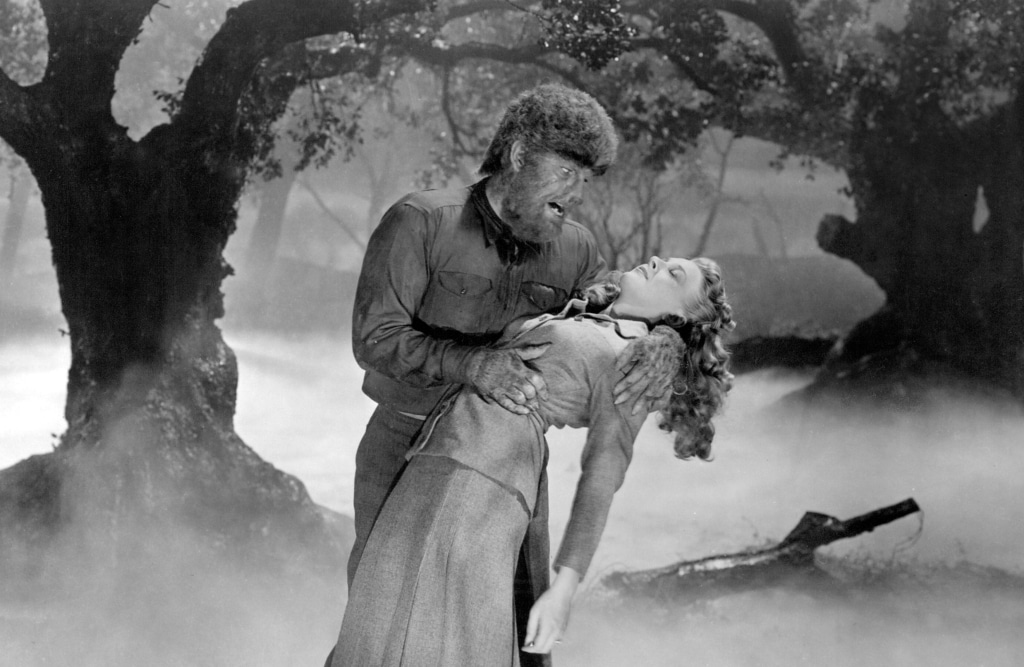
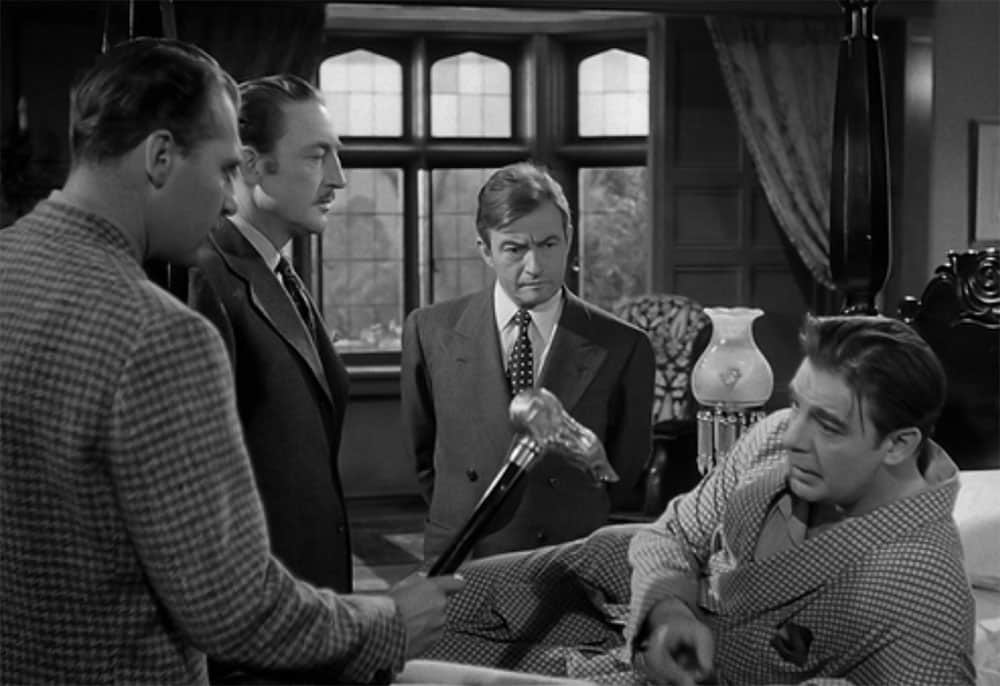
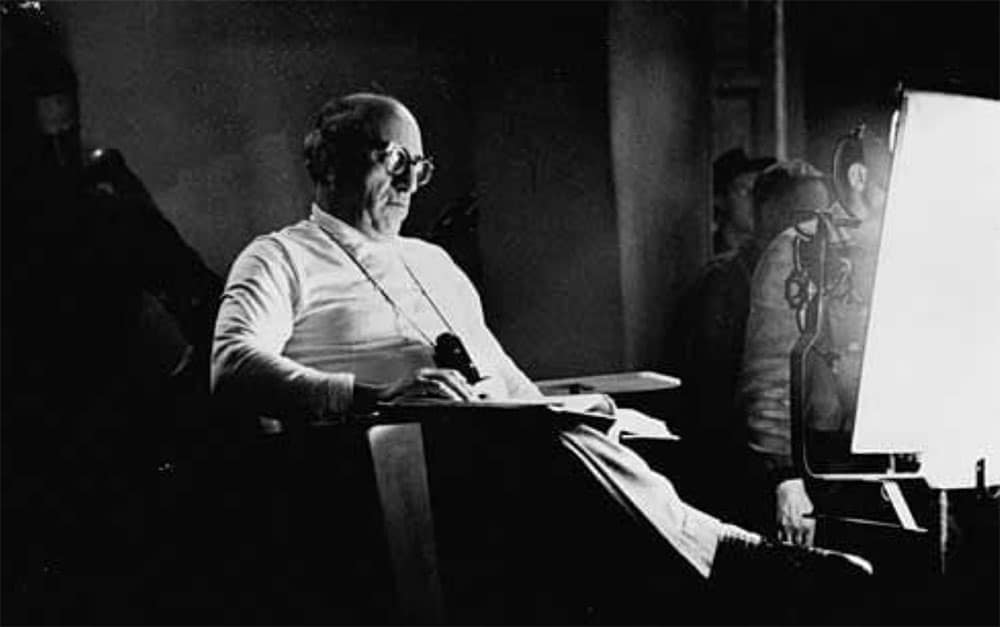
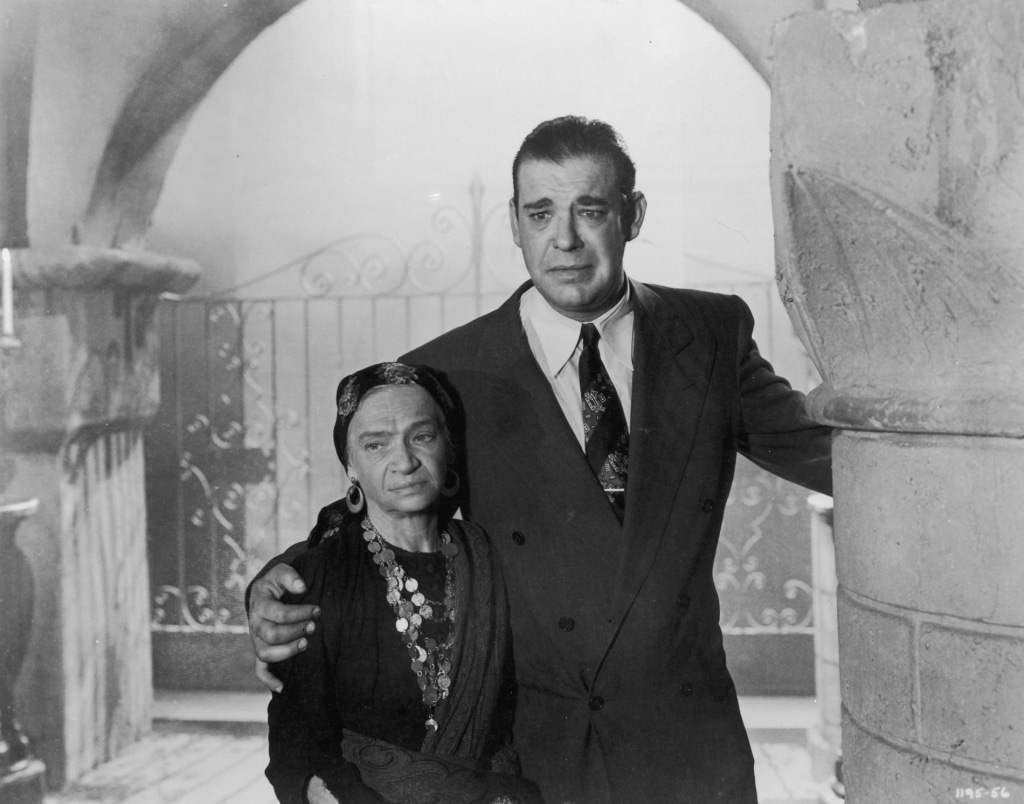
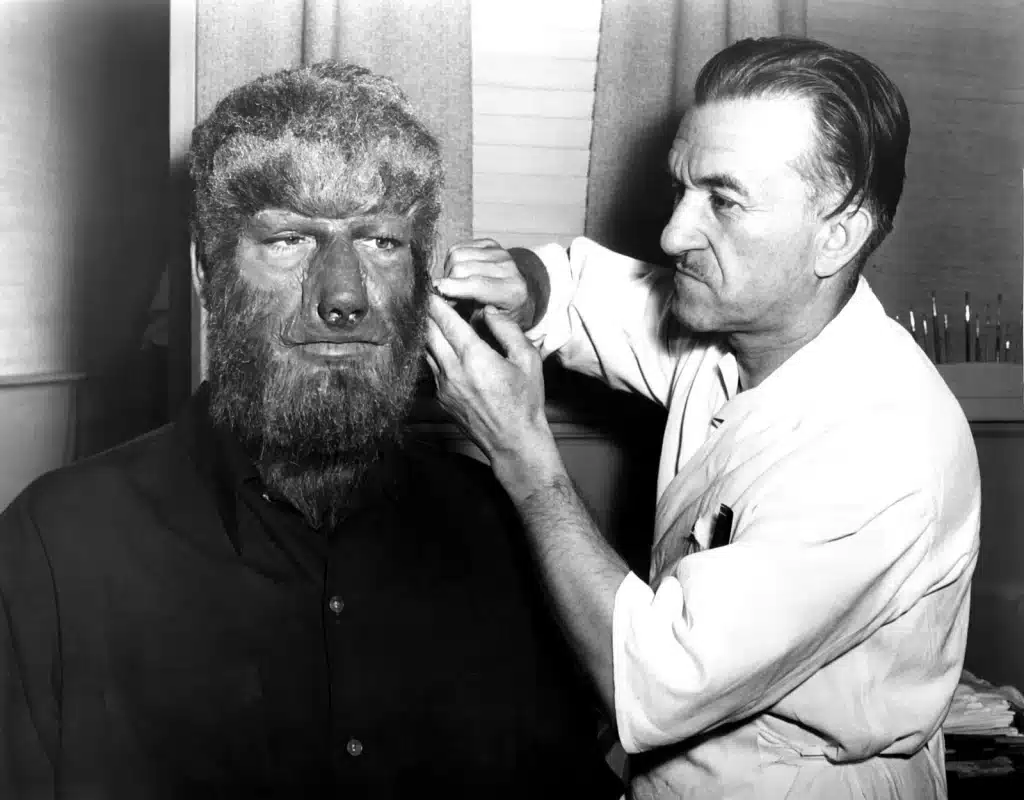
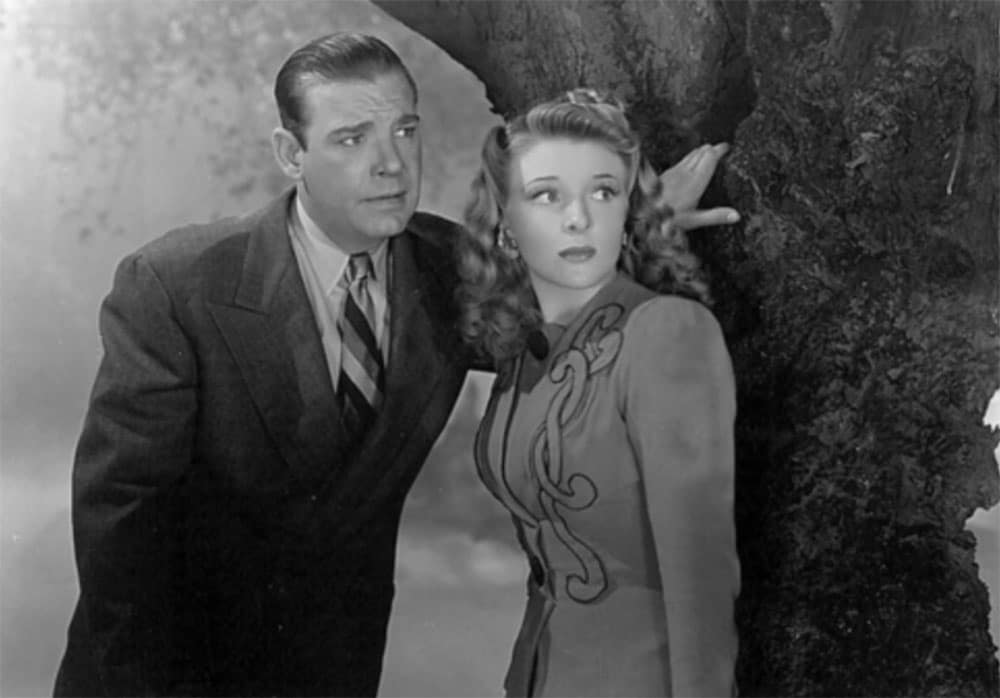
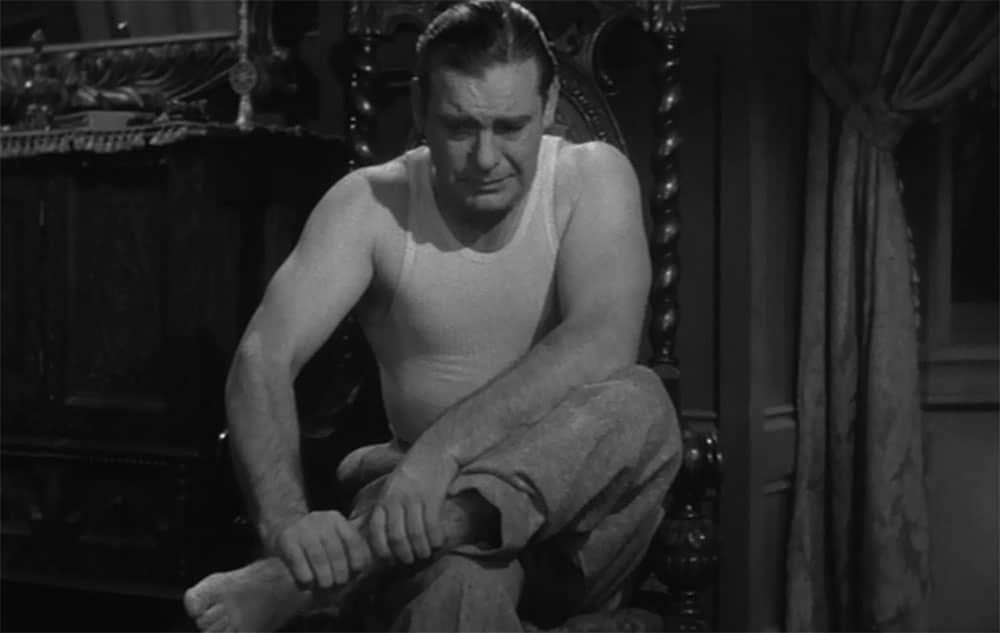
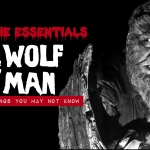
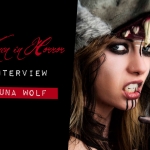
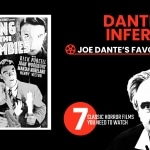
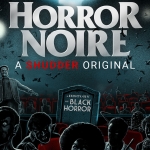
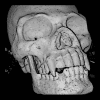







Follow Us!